Fire is an elemental force that has captivated humanity since the dawn of civilization. From the humble campfires that warmed our ancestors to the roaring furnaces that power our modern industries, fire has played a pivotal role in shaping our world.
In this comprehensive exploration, we delve into the fascinating realm of fire, unraveling its mysteries, unveiling its quirks, and imparting the crucial knowledge that every individual should possess to ensure safety and appreciation for this elemental wonder.
The Chemistry of Combustion
At its core, fire is a rapid chemical reaction involving three essential components: fuel, heat, and oxygen. The fuel can be anything combustible, from wood and fossil fuels to certain metals. The heat, often provided by a spark or flame, serves as the initial energy source to initiate the reaction. Oxygen, readily available in the air we breathe, sustains the fire by allowing the fuel to continue burning.
This chemical process, known as combustion, releases energy in the form of light and heat. The intensity and behavior of the fire are influenced by factors such as the type of fuel, the amount of oxygen available, and the presence of catalysts or inhibitors.
The Fiery Triangle
Understanding Fire Behavior To truly grasp the nature of fire, we must comprehend the fire triangle – a concept that explains the three elements necessary for a fire to form and exist: heat, fuel, and oxygen. This triangle is the foundation of fire behavior and serves as a crucial tool for firefighters and safety professionals alike.
By removing any one of these elements, the fire can be extinguished. For instance, dousing a fire with water removes the heat, while smothering it with a blanket or foam deprives it of oxygen. Likewise, removing the fuel source, such as evacuating an area or cutting off the gas supply, can effectively halt the fire’s spread.
The Dance of Flames
Fire Propagation Fire is a dynamic and ever-changing phenomenon, capable of propagating rapidly under the right conditions. One of the primary mechanisms driving its spread is convection – the transfer of heat through the movement of gases or liquids.
As a fire burns, the hot air rises, creating a draft that draws in cooler air from the surroundings. This continuous cycle of rising hot air and inflowing cool air fuels the fire’s growth, allowing it to consume more fuel and expand its reach.
Additionally, radiation, the transfer of heat through electromagnetic waves, plays a crucial role in fire propagation. Radiant heat can ignite nearby combustible materials, causing the fire to leap from one source to another, sometimes in unpredictable patterns.
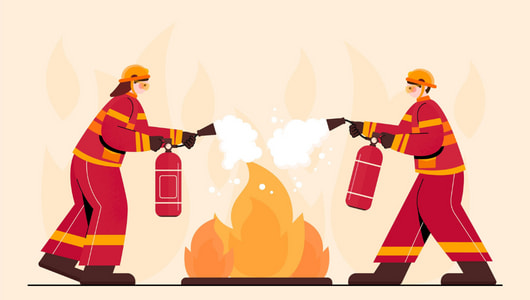
Fascinating Fire Facts
While fire can be a formidable force of destruction, it also holds a captivating array of intriguing facts that showcase its unique properties and behaviors. Here are some fascinating insights into the world of fire:
Wildfires
Nature’s Rejuvenation Tool Contrary to popular belief, wildfires can play an important role in the rejuvenation of forest ecosystems. Several kinds of plant species have evolved over the years to rely on the intense heat and smoke produced by wildfires to trigger seed germination and promote new growth. Additionally, wildfires clear away dead vegetation, allowing sunlight to reach the forest floor and enabling nutrient cycling, ultimately leading to a more diverse and resilient ecosystem.
Fire’s Symbolic Significance
Throughout human history, fire has held deep symbolic significance across various cultures and traditions. From the eternal flames of ancient temples to the warm glow of candles during religious ceremonies, fire has been revered as a representation of life, purification, and hope. Celebrations and festivals around the world often incorporate fire in the form of bonfires, fireworks, and torch lit processions, adding an enchanting and mystical touch to these occasions.
The Dangers of Smoking
Smoking has long been recognized as a significant fire hazard, and the statistics are sobering. In India, smoking has been responsible for over 50% of all fires at its peak, highlighting the importance of fire safety education and awareness campaigns. Even after a cigarette is extinguished, the residual wax can continue to smolder, potentially igniting nearby combustible materials and leading to catastrophic consequences.
Fatal Fires
The Deadly Hours Tragically, fatal fires are most likely to occur between 2 am and 3 am, when most individuals are in a deep slumber. During these early morning hours, fires can spread rapidly and unnoticed, leaving little time for occupants to react and evacuate safely. This grim statistic underscores the importance of installing working smoke detectors and developing a well-rehearsed fire escape plan for every household.
Fire’s Toll on the Youngest
Perhaps one of the most heartbreaking facts about fire is its devastating impact on children. According to studies, fire is the leading cause of death among children under the age of six. This sobering statistic highlights the need for increased fire safety education and the implementation of stringent fire prevention measures, particularly in areas where children reside or congregate.
Fire Safety
A Lifesaving Imperative While fire can be awe-inspiring and captivating, it’s crucial to remember that it is also a potential hazard that demands our utmost respect and vigilance. By adopting proper fire safety practices, we can mitigate the risks and protect ourselves, our loved ones, and our communities from the hazardous consequences of uncontrolled fires.
Some essential fire safety measures include:
1. Install and maintain smoke detectors:
Smoke detectors are the first line of defense against fires, providing an early warning system that can save precious seconds and lives.
2. Develop and practice a fire escape plan:
Having a well-rehearsed fire escape plan can ensure that everyone in the household knows what to do and where to go in the event of a fire.
3. Keep fire extinguishers readily available:
Fire extinguishers are invaluable tools for quickly containing small fires before they can escalate out of control. Ensure they are properly maintained and easily accessible.
4. Eliminate fire hazards:
Be mindful of potential fire hazards in your home or workplace, such as overloaded electrical outlets, frayed cords, or improperly stored flammable materials. Addressing these hazards can significantly reduce the risk of fires.
5. Practice caution with open flames:
When dealing with open flames, such as candles or fireplaces, exercise extreme caution and never leave them unattended. By embracing fire safety as a way of life, we can coexist harmoniously with this elemental force, appreciating its warmth and beauty while minimizing its potential for destruction.
Conclusion
Fire, an ancient and captivating force, has played a pivotal role in shaping human civilization. From its humble beginnings as a source of warmth and light to its modern applications in powering industries and celebrating cultural traditions, the fire continues to fascinate and inspire us. However, it is imperative that we approach this elemental wonder with respect, understanding its unique behaviors, quirks, and potential dangers.
By unraveling the mysteries of fire, we gain invaluable knowledge that empowers us to coexist safely with this natural phenomenon. From the chemistry of combustion to the intriguing facts that showcase fire’s role in rejuvenating ecosystems and symbolizing hope, this exploration has offered a glimpse into the fascinating world of fire.
More Info: Remember, fire is a force to be reckoned with, but armed with the right knowledge and precautions, we can appreciate its beauty while mitigating its risks. Let us embrace fire safety as a way of life, ensuring that this elemental wonder continues to enrich our lives without posing a threat to our well-being.
Read More Articles:
Protein Foam Concentrates: Harnessing Nature’s Power for Effective Fire Suppression | Guide 2024
The Ultimate Guide to Fire Extinguishers: Types, Uses, and Maintenance
The Role of Personal Protective Equipment (PPE) in Firefighting
Related Articles

Protein Foam: Your Guide to Effective Fire Suppression
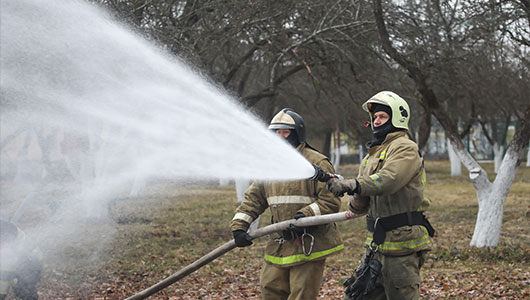
AR-AFFF Foam: Find the Right Formula for Your Needs

AFFF Foam: Your Essential Guide to Fire Safety

Why ECOFOAM is the Future of Environmentally Friendly Firefighting

Foam Concentrates: Sustainable Solutions for Environmentally Conscious Fire Protection
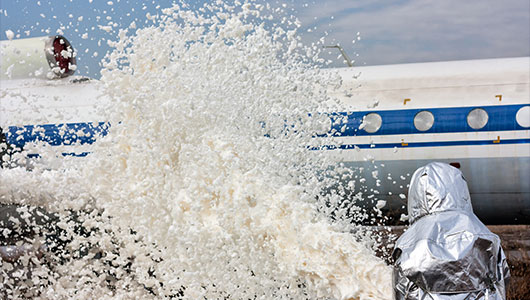
The Right Foam for Every Fire: Synthetic Concentrates for Varied Hazards & Environments

Expansion Foam Concentrate: The Ultimate Solution for Controlling Flammable Liquid Fires
Stop Fire in Its Tracks: Protein Foam's Versatility Across Hazards & Environments

Fluorine-Free Foam (ECOFOAM): Next-Generation Fire Suppression Solutions for Modern Challenges
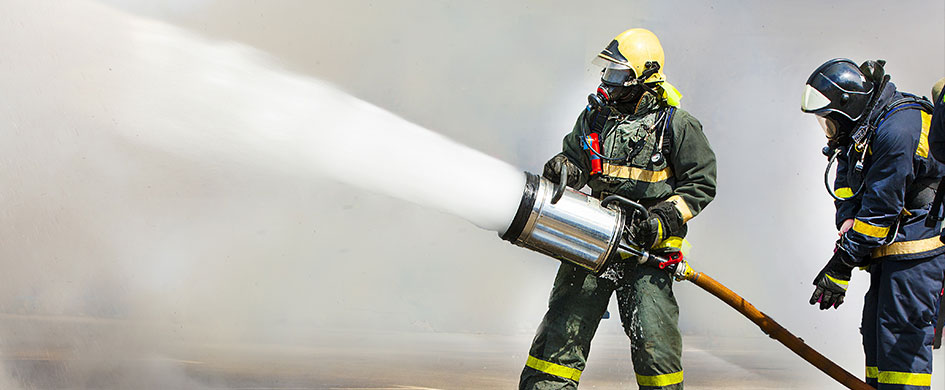
Future of Firefighting is Here: Top Trends in Foam Concentrate Technology Explained

Synthetic Foam Concentrates: The Science Behind Superior Fire Control

Expansion Foam Concentrate: The Game Changer for Fighting Large Fires
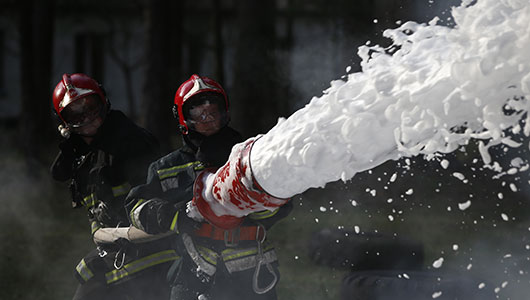
Protein Foam 101: How It Works to Fight Fires
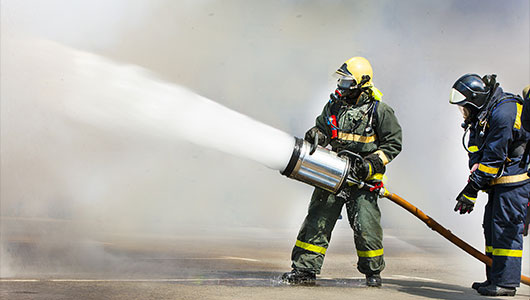
Advantages of Advanced AR-AFFF Foam Technology - Fire Protection Ultimate Guide 2024

AFFF Fire Suppression: Applications & Benefits for Enhanced Safety
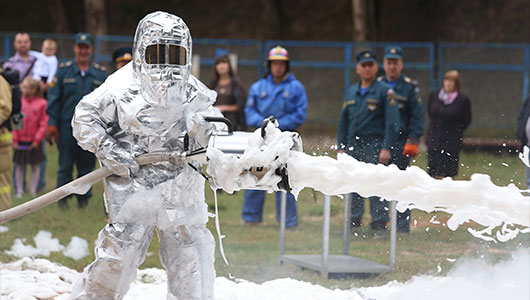
Foam Concentrates vs Traditional Fire Extinguishers: Which is More Effective?

Fight Fires Eco-Friendly: Rise & Future of Fluorine-Free Foam (ECOFOAM)

Synthetic Foam Concentrates: Advancing Fire Suppression with Cutting-Edge Technology

Expand Your Fire Safety Arsenal: Exploring the Versatility of Expansion Foam Concentrate
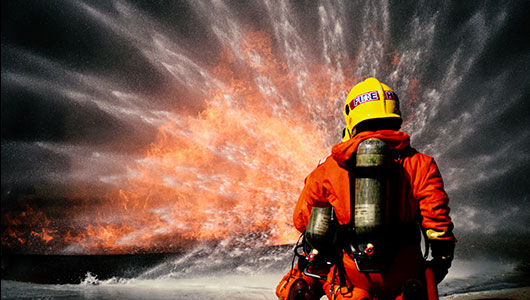
Protein Foam Concentrates: Harnessing Nature's Power for Effective Fire Suppression | Guide 2024
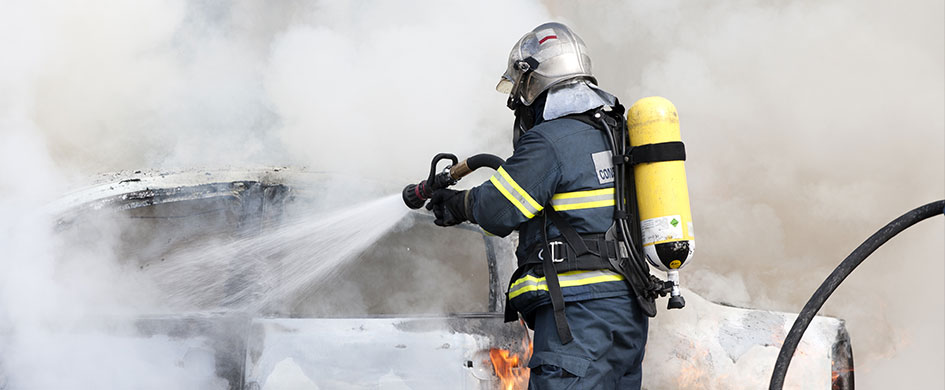
Advanced AR-AFFF Foam: The Cutting-Edge Solution for Superior Fire Suppression Performance
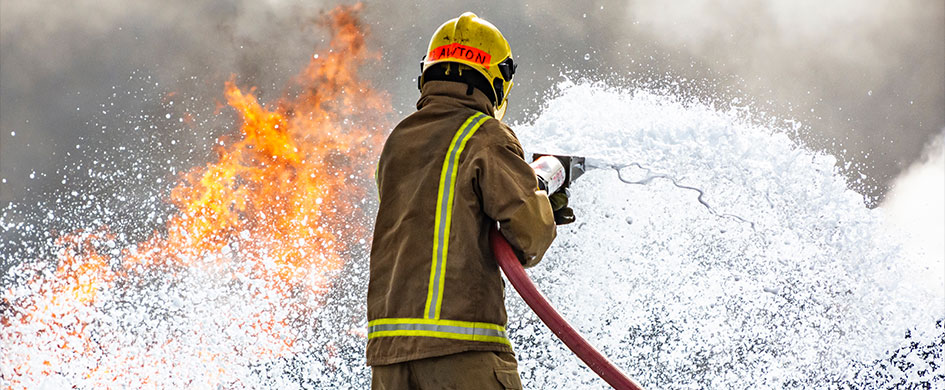
Understanding AFFF Role in Rapid Fire Suppression

The Rise of Eco-Friendly Fire Suppression: Exploring Fluorine Free Foam (ECOFOAM) Solutions

Foam Concentrates: The Ultimate Guide(2024) to Effective Fire Suppression
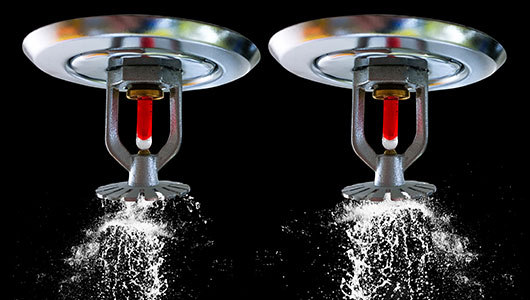
Choosing the Right Fire Sprinkler System for Your Commercial Property
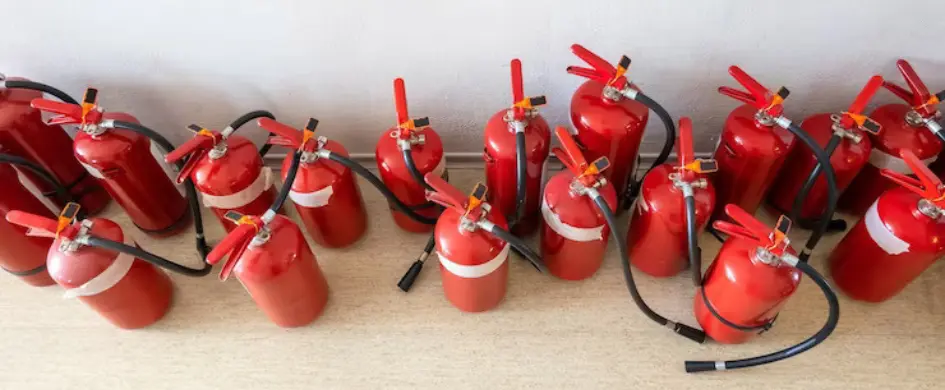
Emergency Evacuation Planning: Steps to Ensure Workplace Safety

The Ultimate Guide to Fire Extinguishers: Types, Uses, and Maintenance
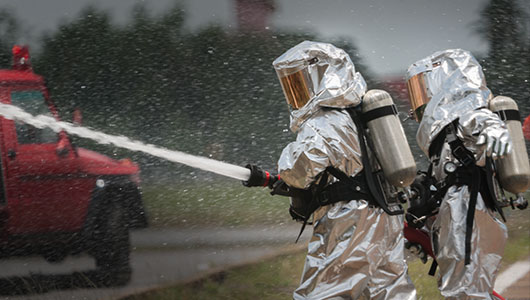
The Role of Personal Protective Equipment (PPE) in Firefighting
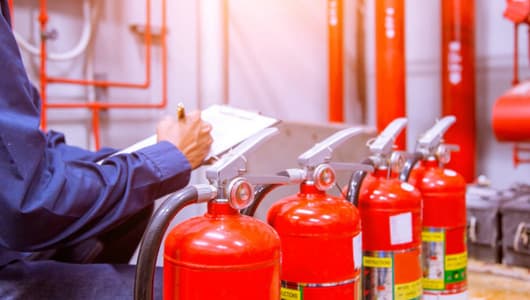
Keeping Your Business Safe: A Comprehensive Guide to Fire Risk Assessments
Protecting Your Electrical Equipment: The Importance of a Fire Suppression System for Electrical Panels
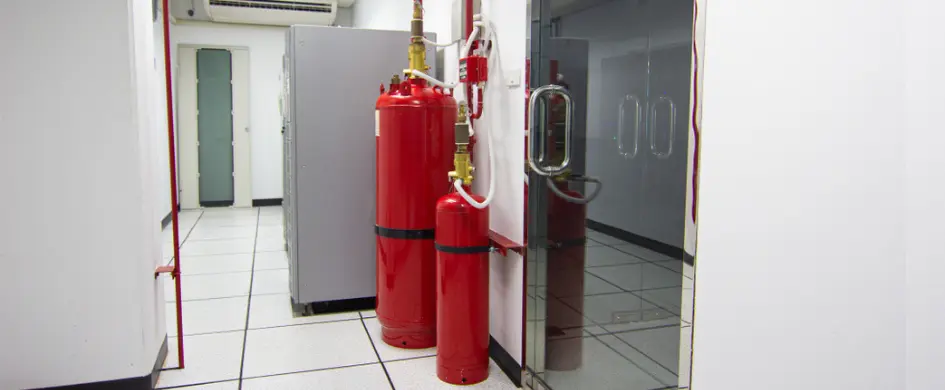
Protect Your Data Center with a Reliable Fire Suppression System

How to choose a water mist fire extinguisher
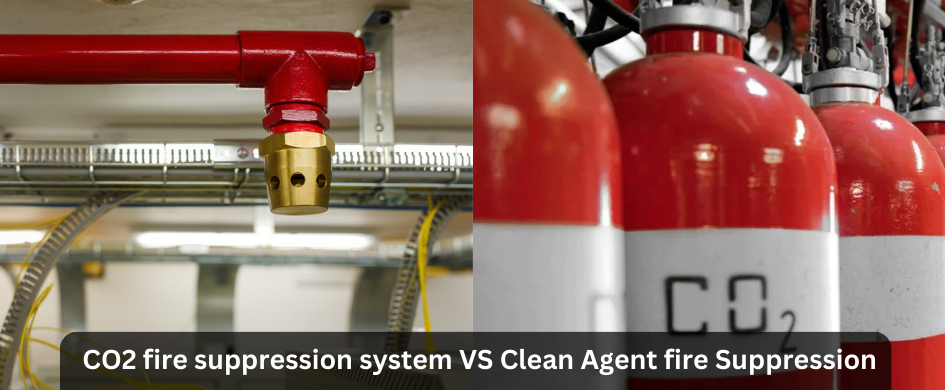
CO2 Fire Suppression System vs Clean Agent fire Suppression
Ensuring Safety in the Factory: Choosing the Right Fire Fighting Equipment
The Top 5 Places Where Fire Suppression Systems are a Must
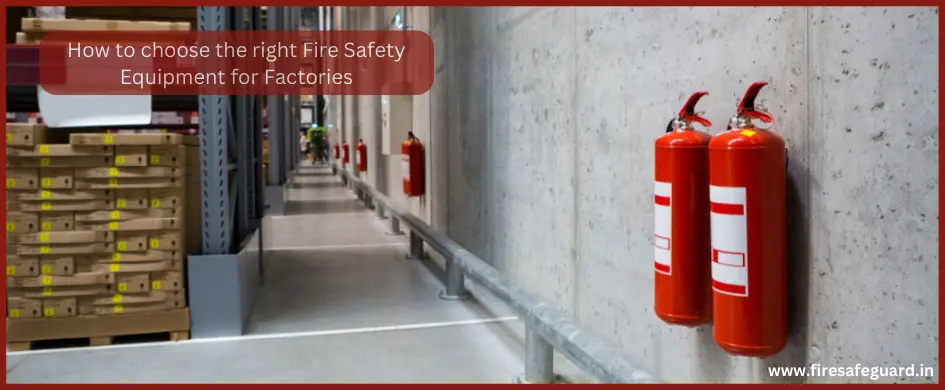
How to Choose the Right Fire Safety Equipment for Factories

Difference Between Fire Suppression System and Fire Sprinkler

Ultimate Fire Extinguisher Buying Guide for Business owners
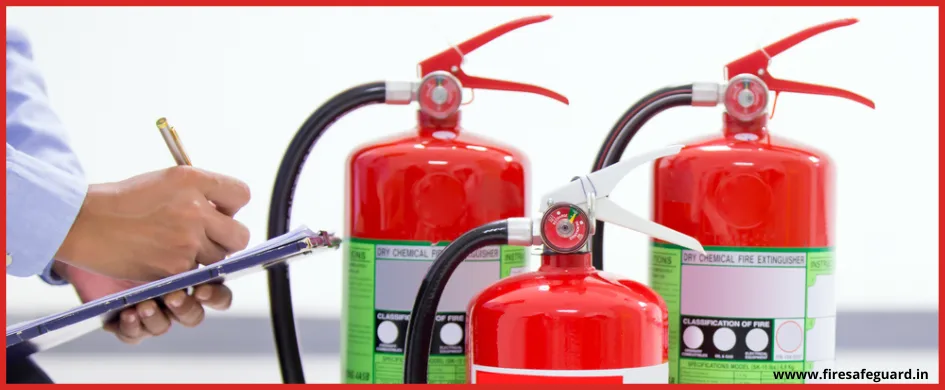
Everything you need to know about Water Type Extinguisher

What is a Clean Agent Fire Extinguisher ? Detailed Guide 2024
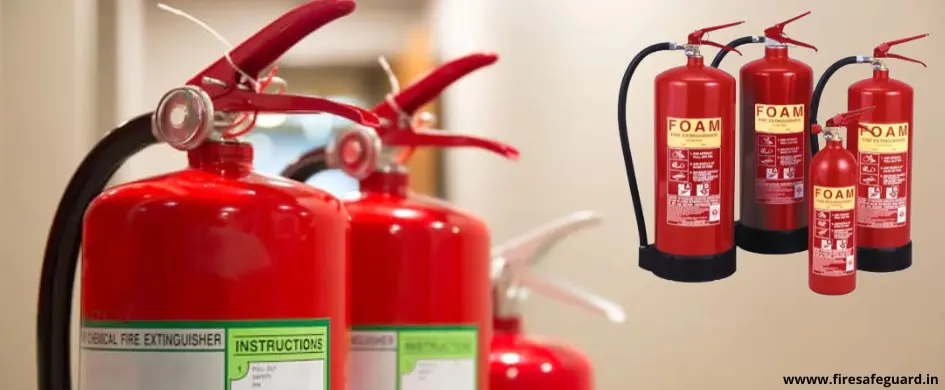
Everything You Need to Know About Foam-Type Fire Extinguishers

Everything You Need to Know about Dry Chemical Fire Extinguishers - Detailed Guide 2024

Top Fire Extinguisher Manufacturers in India


